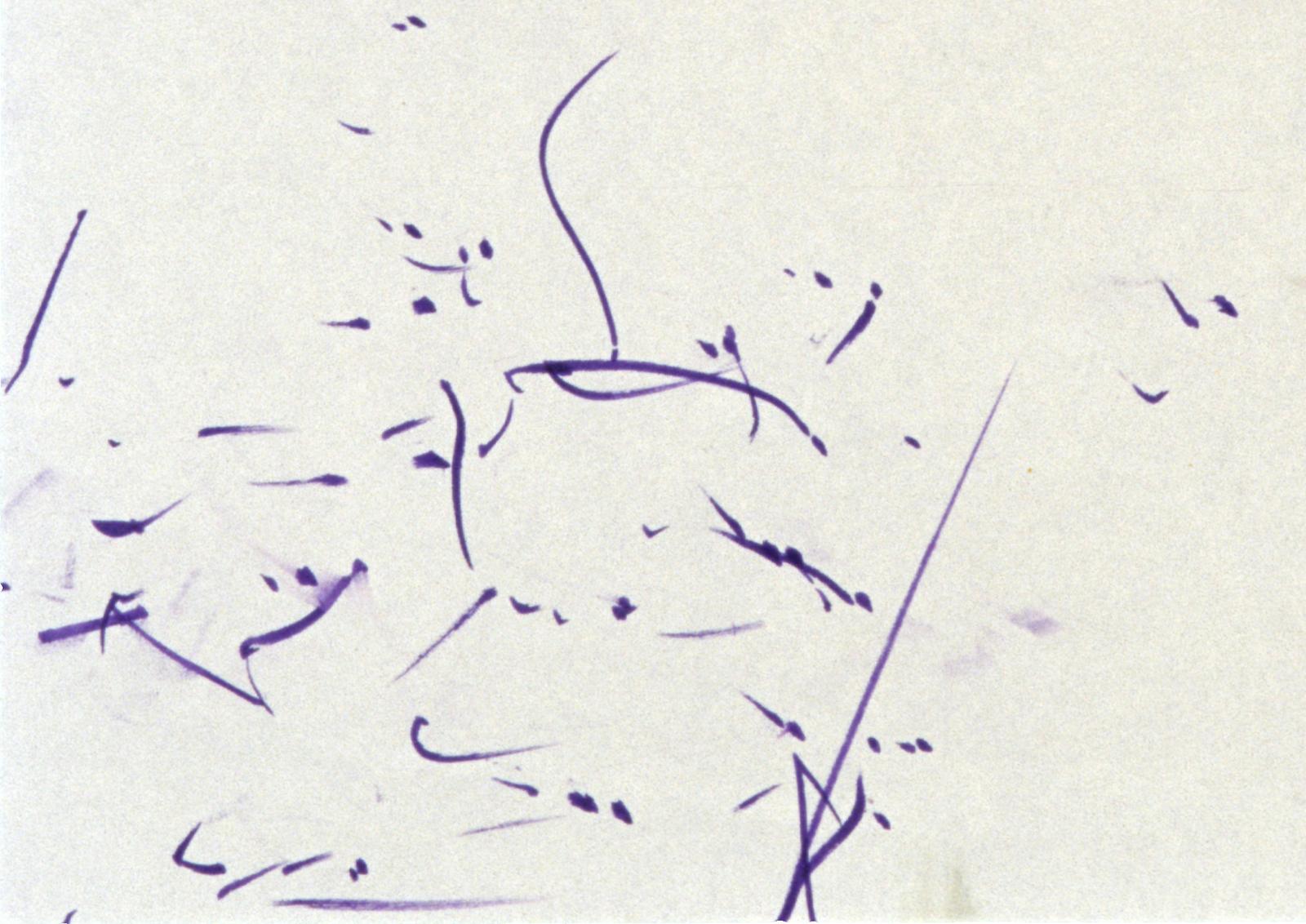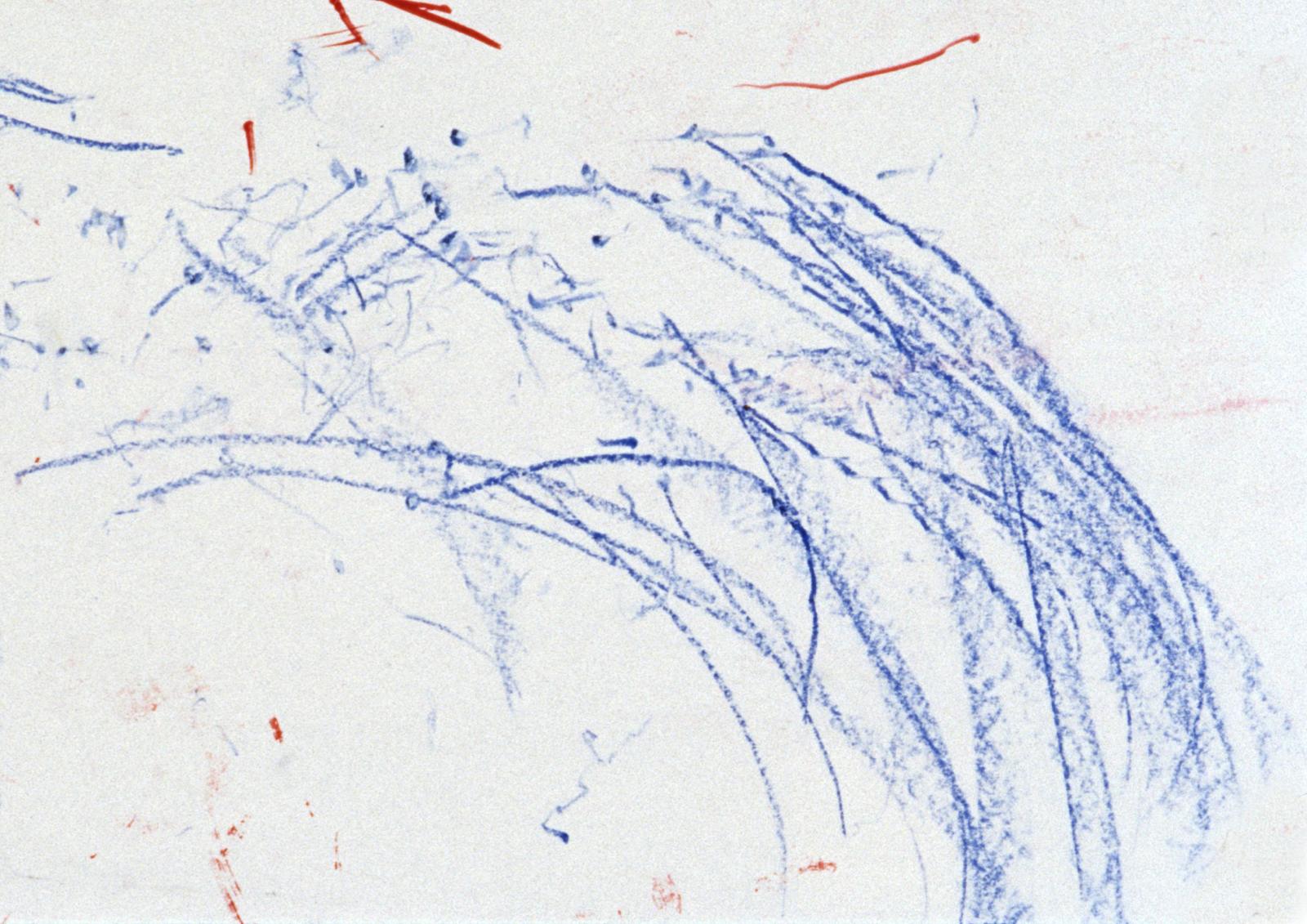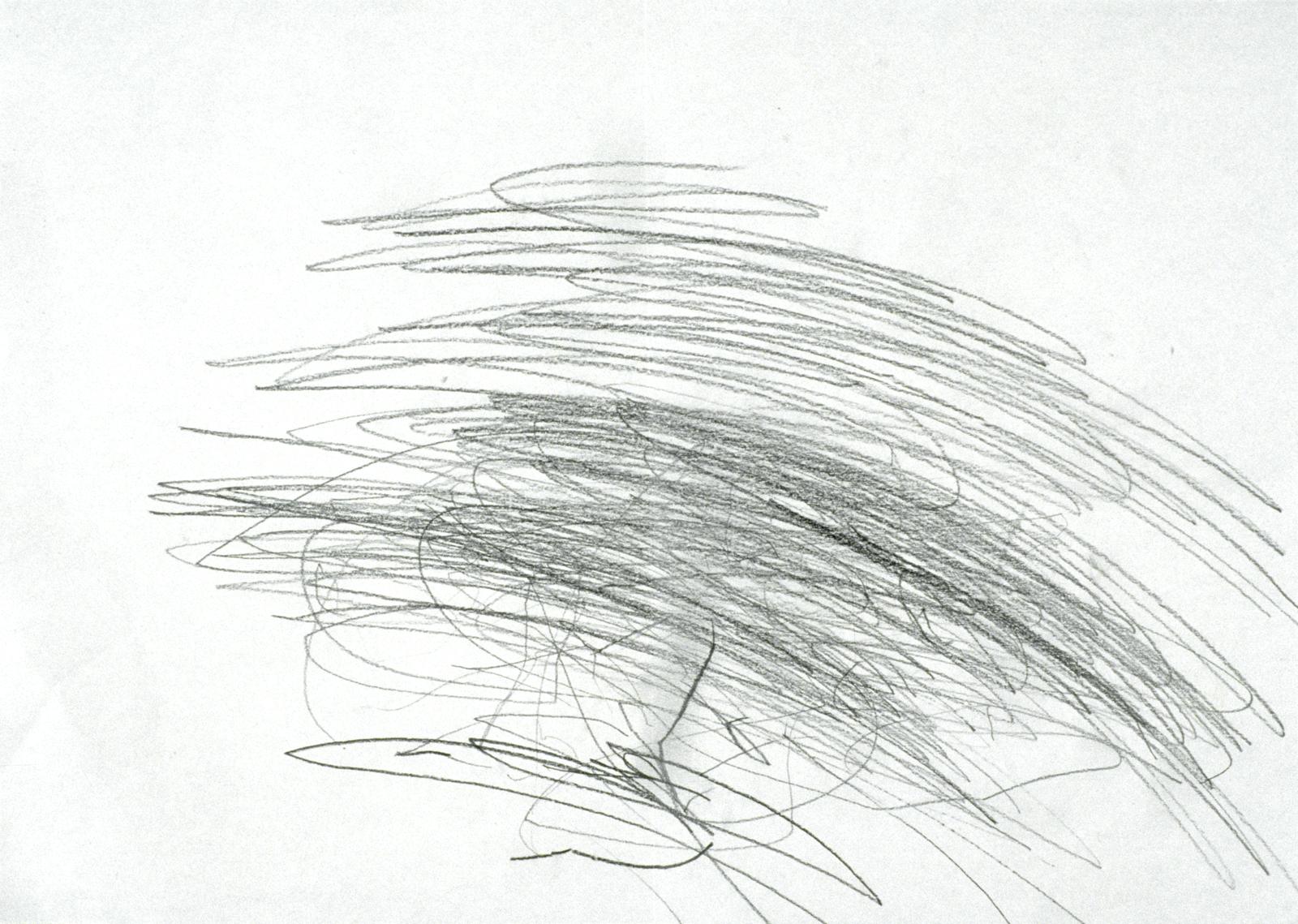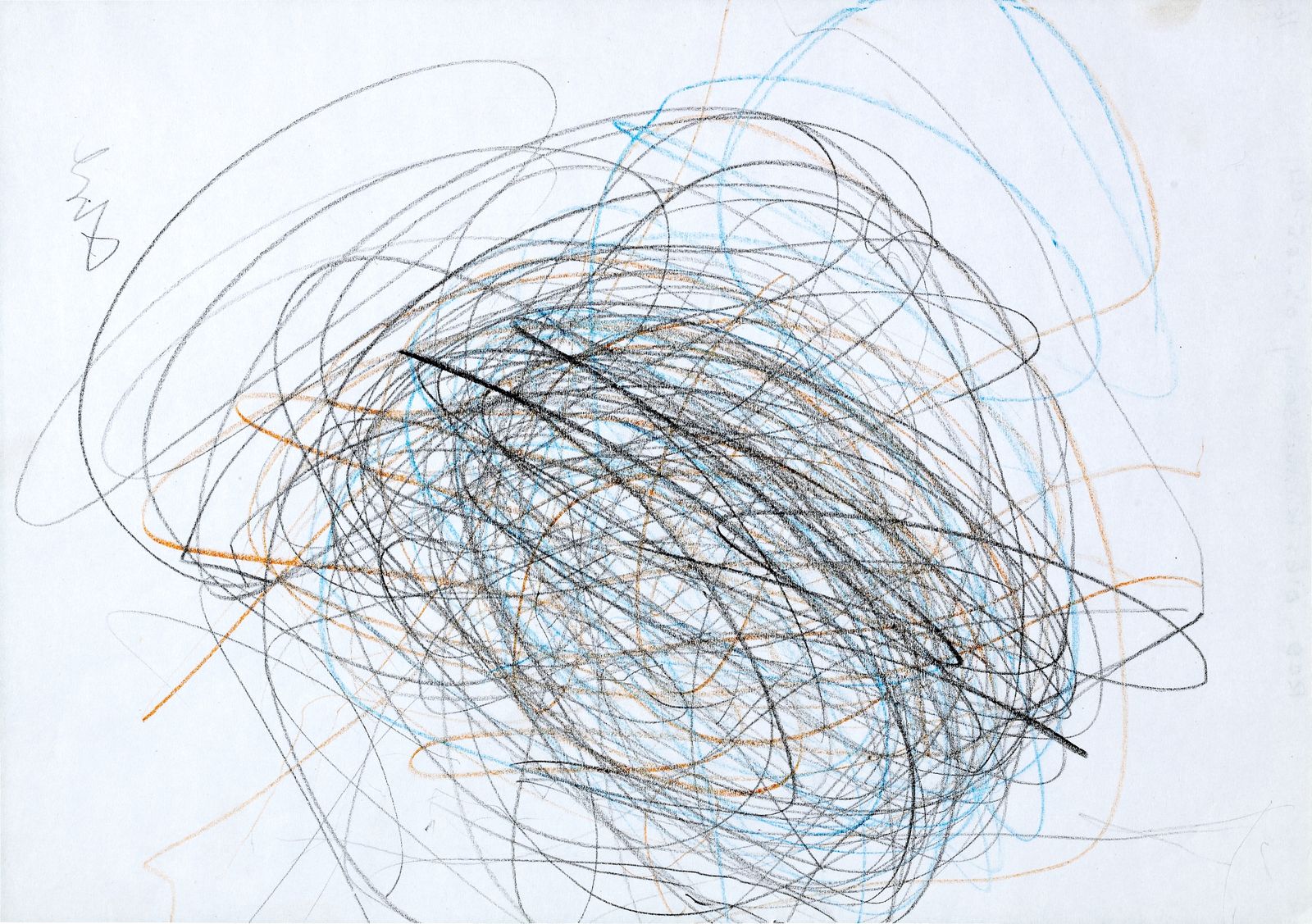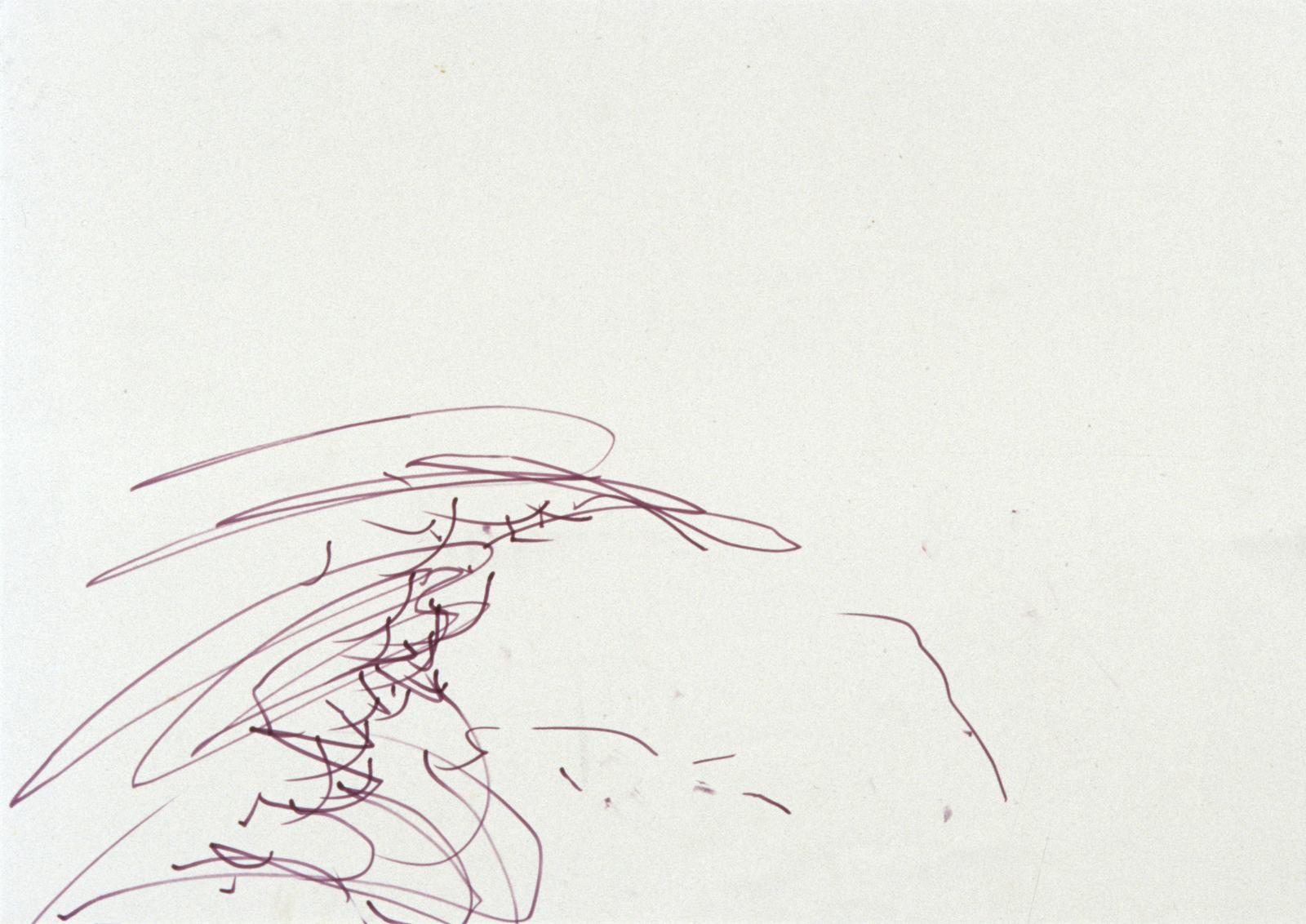EXPRESSION
Vol. 13, 2016
In picture genesis, the "abstract" precedes and enables depiction and coding
Some arguments and speculations based on the investigation of
early pictures in ontogeny
Dieter Maurer
Institute for Contemporary Art Research
Zurich University of the Arts, Switzerland
Figure 1
>> Back
Text
Already the very first characteristics of observable manifestations on paper during the second year of life – and also of corresponding manifestations on other flat surfaces – reveal the creation of types of graphic movements according to their visual contrast (Figure 1). Thus, children at that early age do not produce simple and accidental sensomotoric traces or marks, but they begin to act according to the visual appearance, its formal understanding and its formal differentiation. From the beginning, it is the visual understanding of a graphic figure (the term used here in its broad sense) on a ground, and not the general understanding of a trace on a surface that makes for the picture (see also Böhm, 1994, the “ikonische Differenz” engendering a figure–ground contrast as the primary character of a picture).
Figure 1
Illustration of pictures of children (age range = 1 to 2), representations of five types of graphic movements and their visual contrast: strikes, strokes, perpendular or push-pull movements, circling movements, other individual types of early graphic movements.
